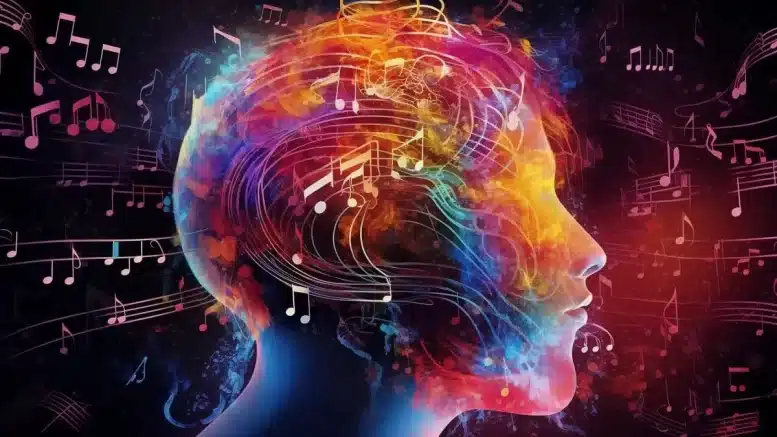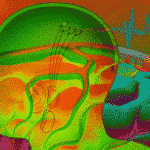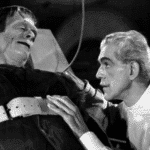A new study from Cornell University demonstrates that scientists can reconstruct music that you are listening to with remarkable precision. AI is used to decipher changes in the brain as you listen to a music recording, then reads your mind in real time.

An overview of our Brain2Music pipeline: High-dimensional fMRI responses are condensed into the semantic, 128-dimensional music embedding space of MuLan (Huang et al., 2022). Subsequently, the music generation model, MusicLM (Agostinelli et al., 2023), is conditioned to generate the music reconstruction, resembling the original stimulus. As an alternative we consider retrieving music from a large database, instead of generating it.
The study’s abstract states,
The process of reconstructing experiences from human brain activity offers a unique lens into how the brain interprets and represents the world. In this paper, we introduce a method for reconstructing music from brain activity, captured using functional magnetic resonance imaging (fMRI).
Our approach uses either music retrieval or the MusicLM music generation model conditioned on embeddings derived from fMRI data. The generated music resembles the musical stimuli that human subjects experienced, with respect to semantic properties like genre, instrumentation, and mood.
We investigate the relationship between different components of MusicLM and brain activity through a voxel-wise encoding modeling analysis. Furthermore, we discuss which brain regions represent information derived from purely textual descriptions of music stimuli. We provide supplementary material including examples of the reconstructed music at this https URL
In 2016, I presented an analysis, Technocrats On Fire: Obama’s Brain Mapping Initiative Is Racing Forward:
In April 2013, President Obama announced a Federal initiative to map the human brain, in the same manner that the human genome had already been mapped. The initiative was officially called BRAIN, an acronym for “Brain Research through Advancing Innovative Neurotechnologies” Initiative.
The brain was described as one of the final frontiers of understanding, and necessary science to the advancement of humanity.
Top neuroscientists quickly developed a 12-year research strategy for the National Institutes of Health (NIH) to achieve the goals. The NIH director subsequently stated,
“The human brain is the most complicated biological structure in the known universe. We’ve only just scratched the surface in understanding how it works – or, unfortunately, doesn’t quite work when disorders and disease occur… This is just the beginning of a 12-year journey and we’re excited to be starting the ride.”
Today marks the identification of 97 new regions of the brain, as compared to the 83 previously known regions. This discovery gives neuroscientists the most comprehensive description ever, and promises to accelerate further research by an order of magnitude.
Obviously, today’s study is the result of Obama’s BRAIN Initiative. When BRAIN was created, it was compared in importance to mapping the human genome during the 1990s. Some compared it to the Manhattan Project.
The mechanistic worldview of both Transhumanists and Technocrats demands deeper discovery and analysis of the physical body and brain. The fruit of Obama’s spending is paying off, but the outcomes are very disturbing.









